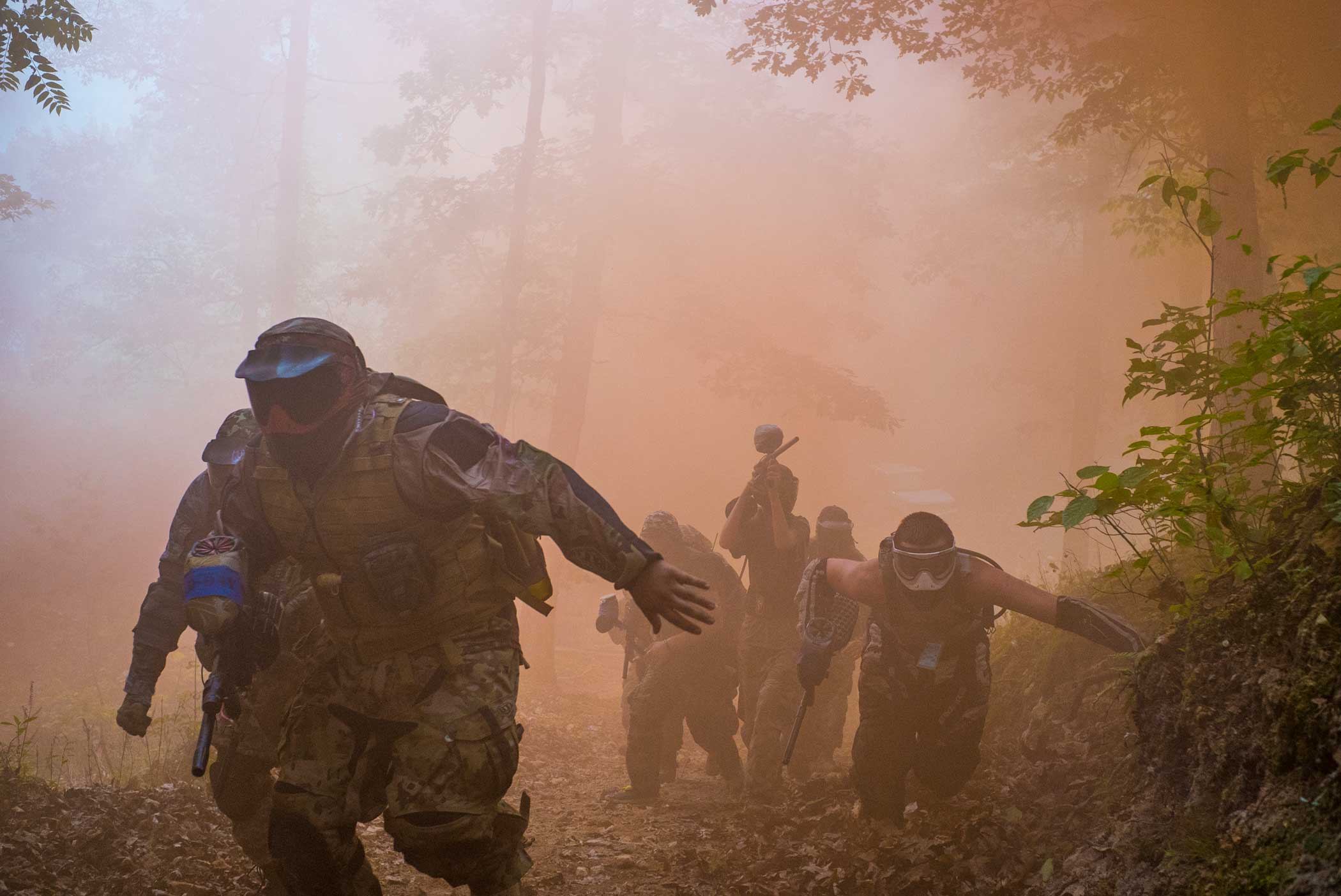
Earlier this month, I was in Iraq, just back from the frontline, when TIME’s Josh Raab asked me to photograph a paintball reenactment of the D-Day landing in Wyandotte, Okla.
As a documentary photographer, I’ve covered conflict for 10 years, spending as much time looking at how our society exists in wartime as I did in the wars themselves. This assignment seemed like the perfect intersection between those worlds.
The idea behind this assignment was that I photograph this fake war to compare and contrast it to the real thing.
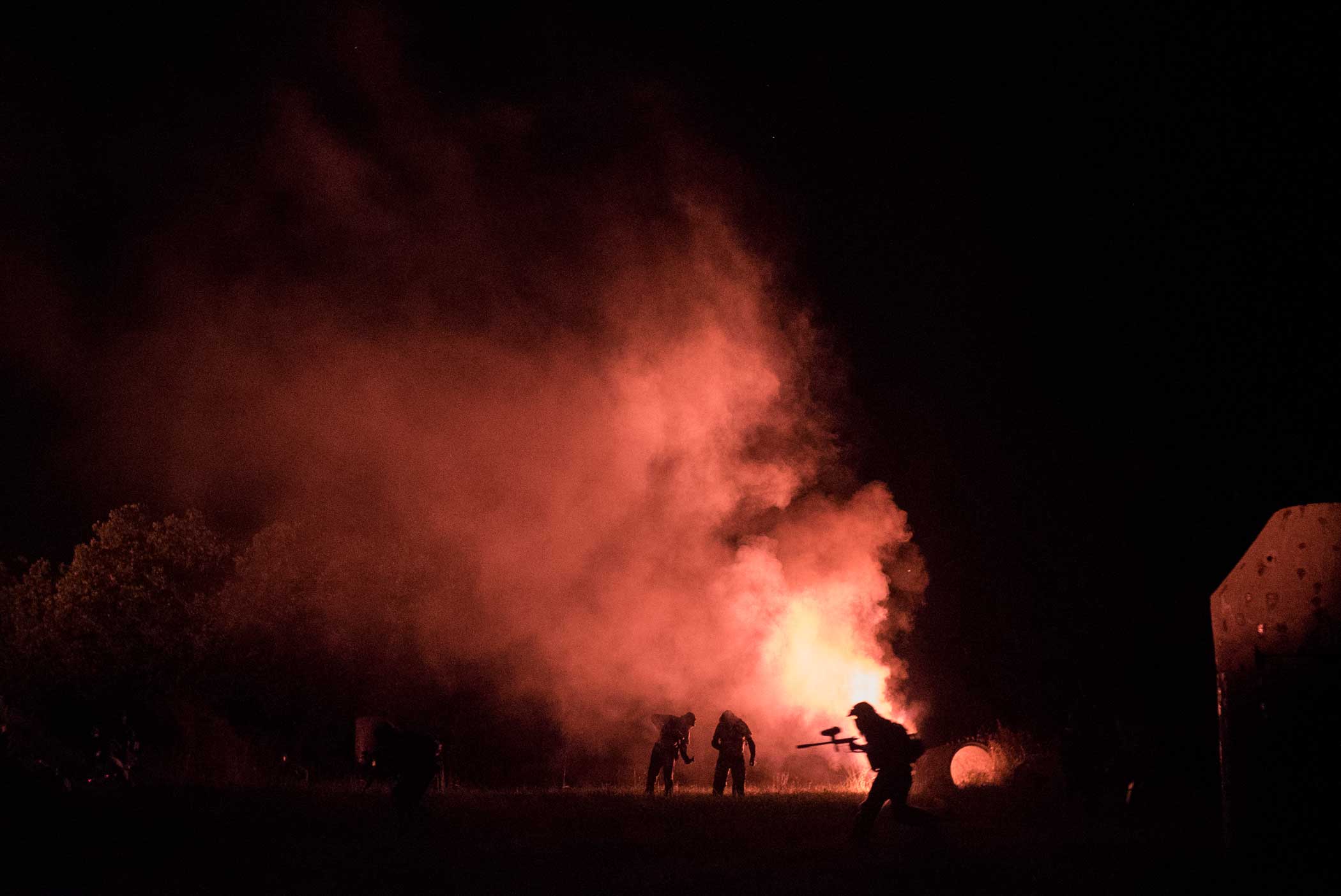
Upon arrival at the D-Day Adventure Park in Wyandotte, the trappings of war were evident. Gear and gun-laden young men wearing camouflage walked and strutted while tanks and armored personnel carriers dotted the landscape. I introduced myself to Dewayne Convirs, the founder and godfather of the event and he introduced me to Beatle, a veteran and Harvard graduate living in New Orleans and working as a business consultant. From the adoring stares and Beatle’s own matter of fact explanations, it became clear that he was a legendary figure. Beatle, who’s real name is Juan Parke, became our guide, introducing us to the many units modeled after their real life counterparts.
Shortly after arriving there was a night battle in the center of a recreated town made of concrete and bulk styrofoam. Flares were popped to illuminate the darkness, and the Allies and Germans battled in the flickering light. Thousands of paintballs streamed through the air and it was impossible not to get shot. Getting hit by a paintball feels like a hard pinch. It is more startling than painful. After getting used to the feeling I realized I wanted to photograph as if I were immune. I didn’t enjoy getting pummeled by paintballs, but there was something liberating about it.
aspect=16:9|
autoplay=25|
pauseOnHide=true|
video-id=4301104574001|
loop=false|
max-width=1000px|
align=center|
autoplay=100|
Josh Raab for TIME
I don’t generally care for photographs of combat. I’ve been in quite a few firefights in Iraq and Afghanistan but rarely took pictures that were anything more than a two-dimensional representation of war. Men shooting guns does not carry much emotional value for me. After the first few times in real combat, I tended to find a nice piece of cover where I could photograph the action from relative safety.
Afterwards, Josh asked me if the night battle had felt like combat. For me it was like comparing a drawing of an orange to the fruit itself. When you take away the constant feeling of mortality and the always looming potential for death or injury the essence of it disappears.
When I woke up the next morning I felt a little wary. Was this a celebration of militarism? A nationalistic throwback to a more triumphant, noble-seeming time when the enemy was clear? Perhaps in part, but as we started to spend time with the participants, a different picture emerged.
We pitched our tents with the group representing the 1st Infantry Division, who had landed on Omaha Beach and suffered one of the highest casualty rates. There was a great warmth and sense of community. Food and drink were shared and there was a nightly gathering where individuals were celebrated for their helpfulness and generosity. They received a cream pie in the face, to cheers. Afterwards, one man mentioned that he enjoyed the battles, but the real core of the experience was the camaraderie of the camp site. Another mentioned he had sold his car to afford to come. A third had sold his plasma.
On the last day, after an entire day fighting across a half dozen intricate battlefields, a group gathered at a makeshift bar in one of the campgrounds. Talk of strategy and battlefield successes was largely over. A gruff voiced commander sang “Happy Birthday” in a falsetto. A large man acted out an intricate story about getting beaten up by a little person martial arts expert. I drank whiskey in the dark with a former soldier turned military contractor in Iraq. “A lot of us are angry,” he said. “But we’re not angry with each other.”

Peter van Agtmael is a conflict photographer and member of Magnum. Follow him on Instagram and Twitter. His book Disco Nights Sept 11 is available now.

Josh Raab is a regular contributor to TIME LightBox. Follow him on Instagram and Twitter.



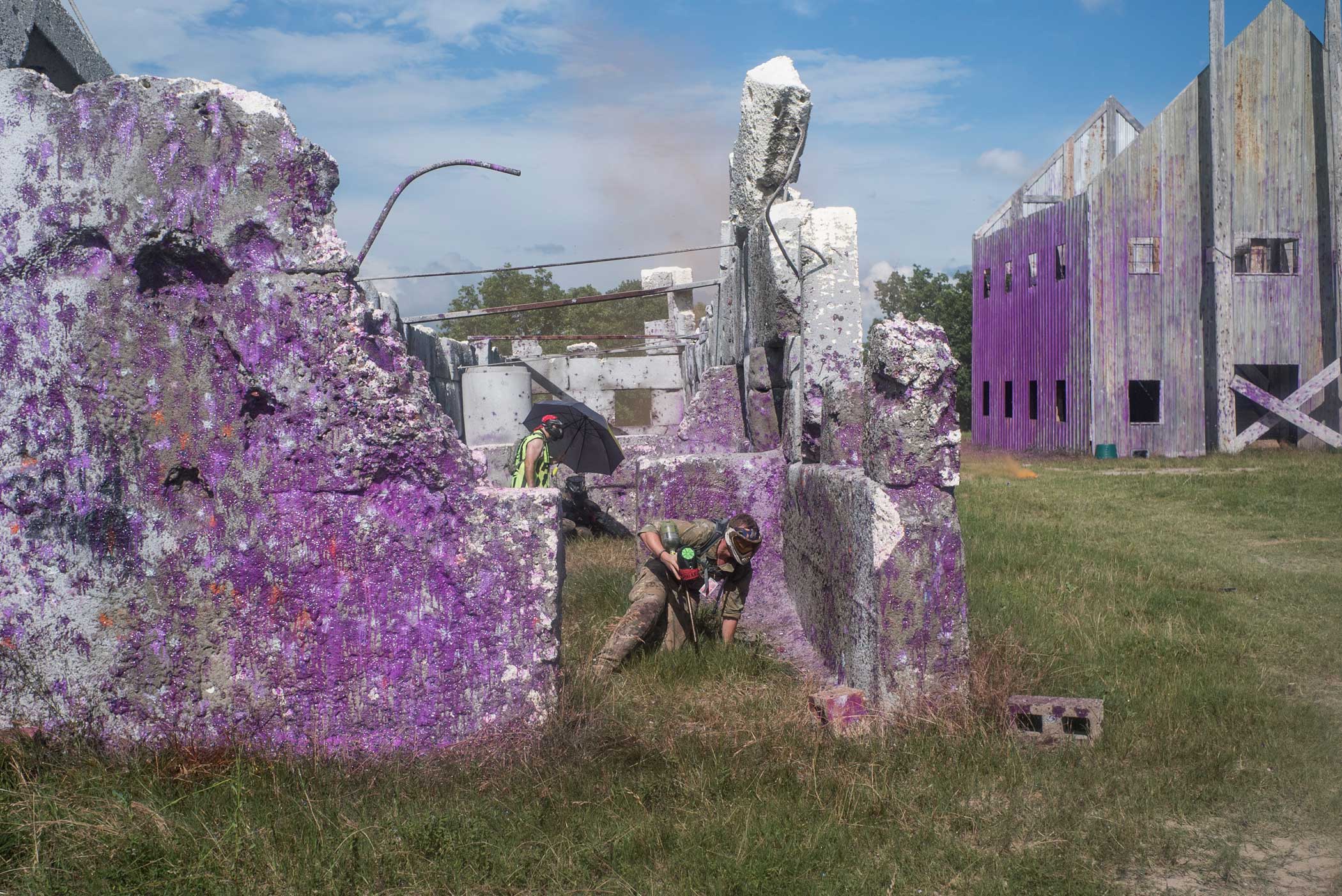
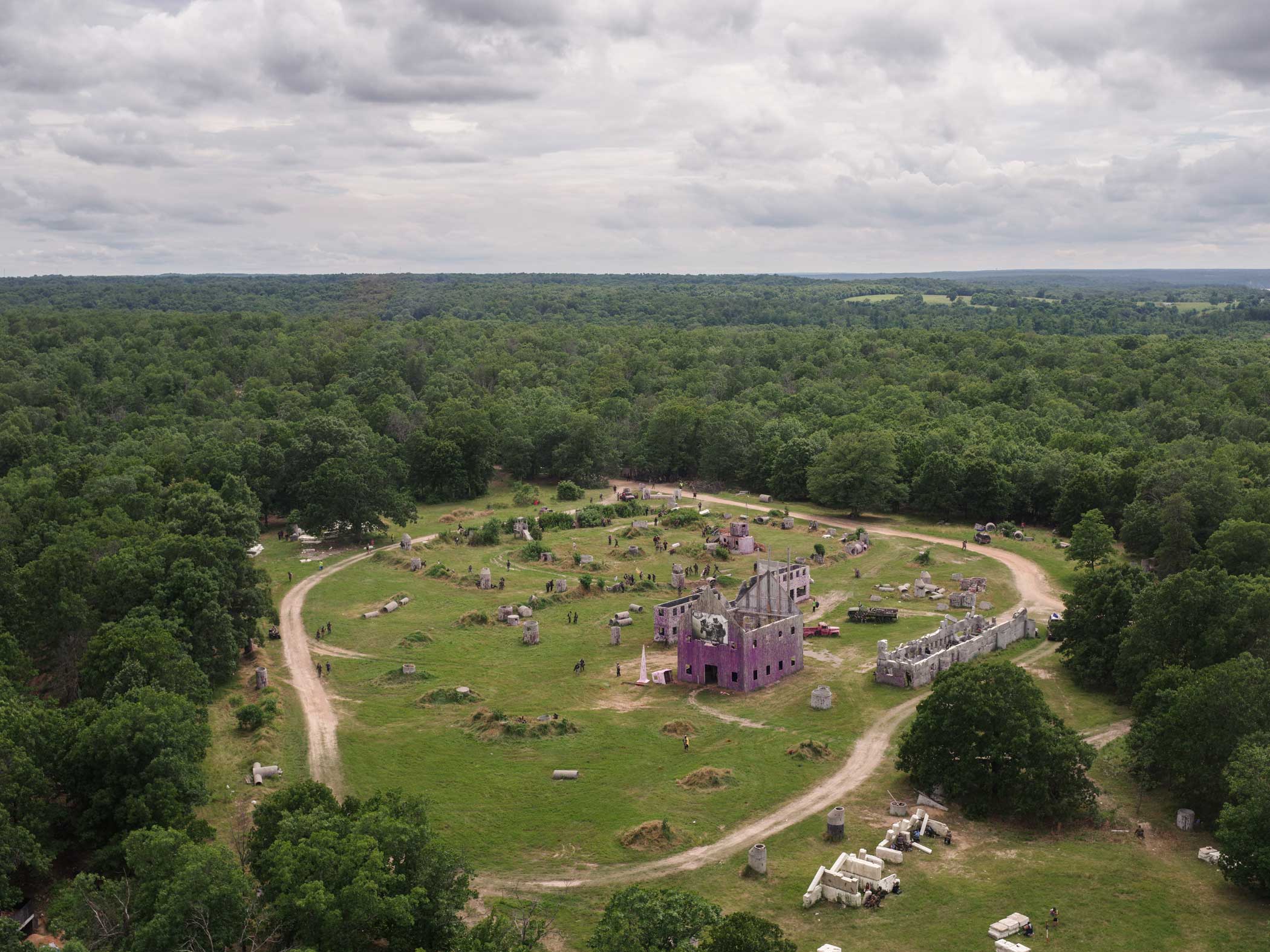
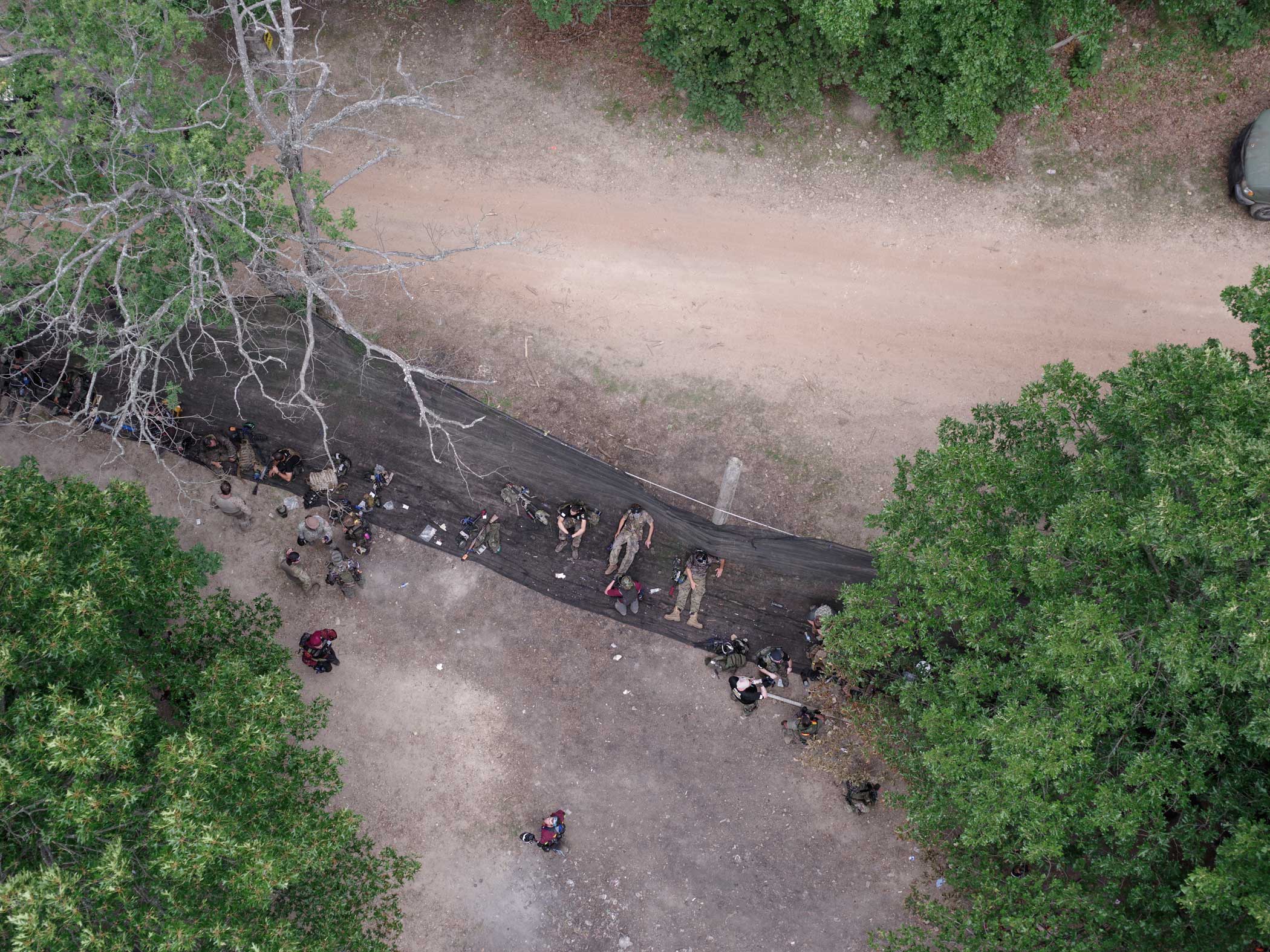
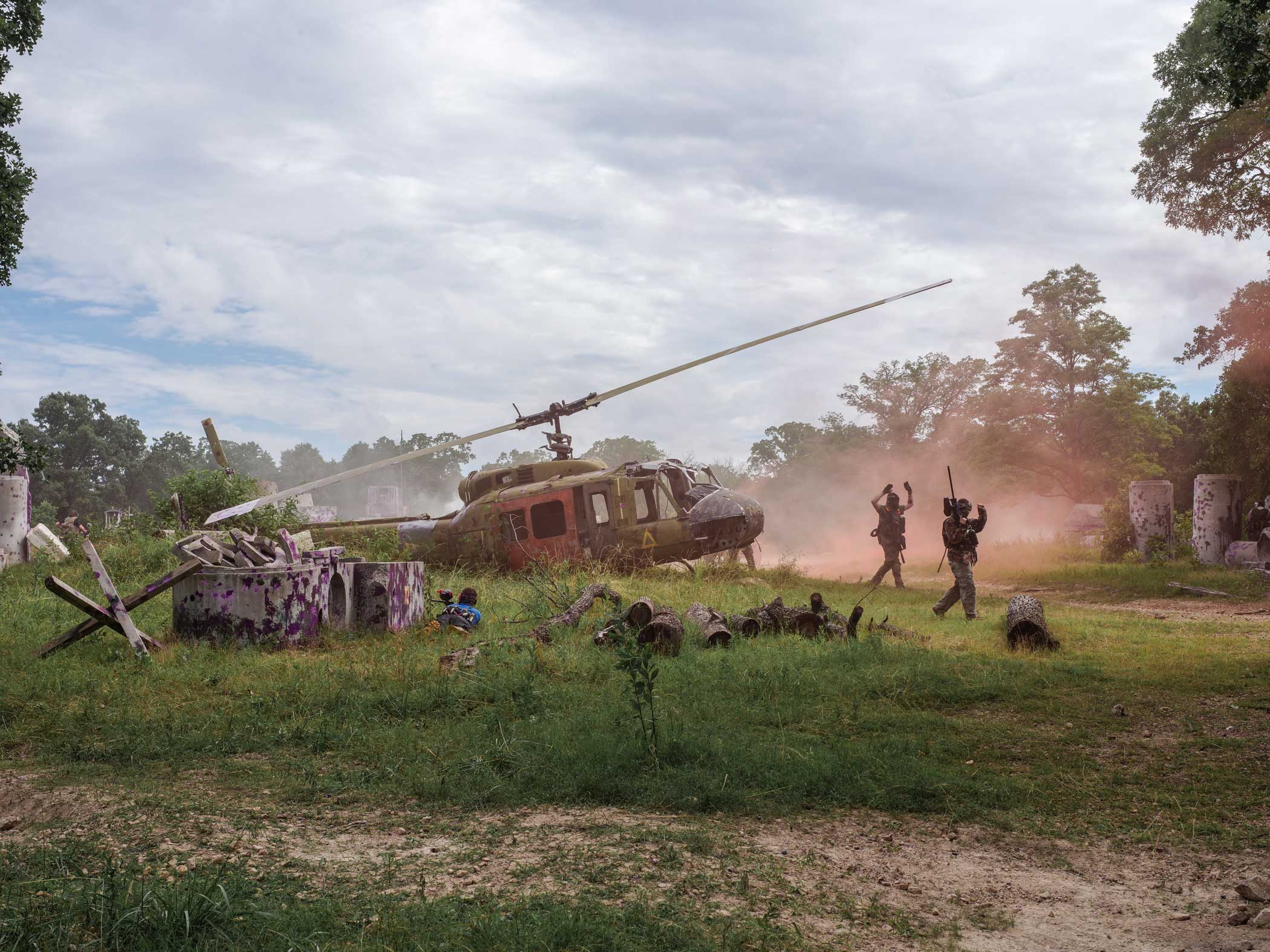
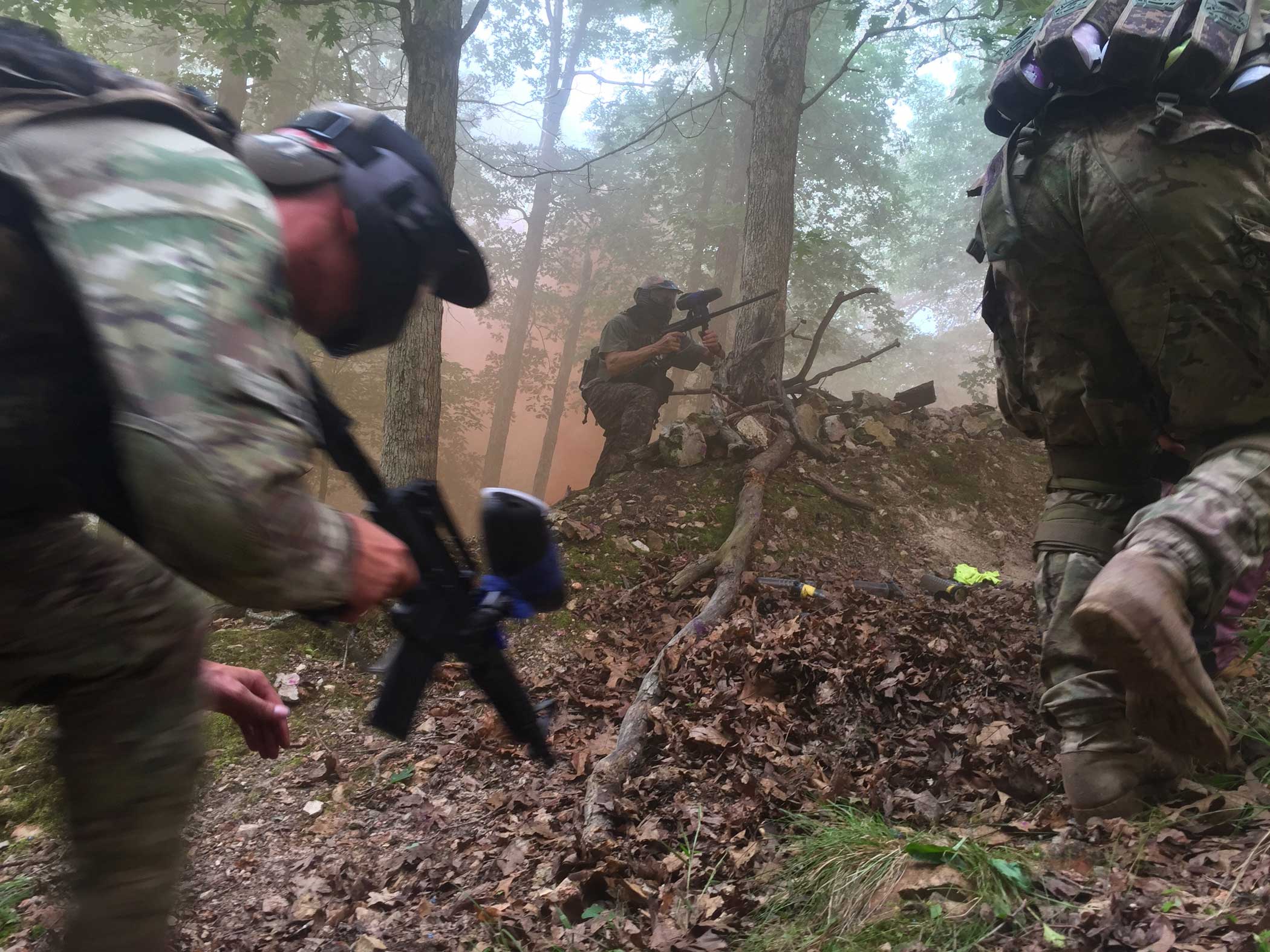
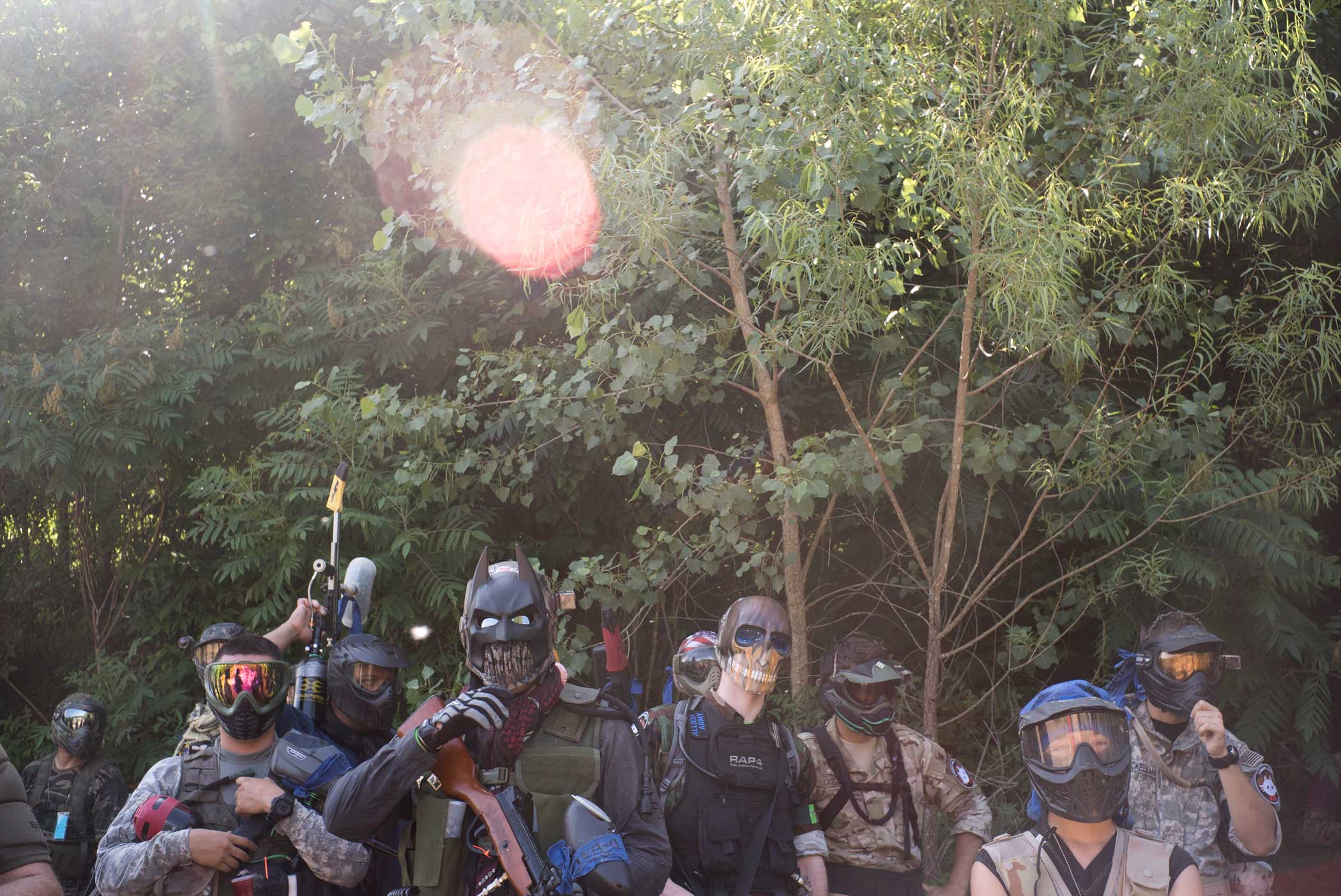
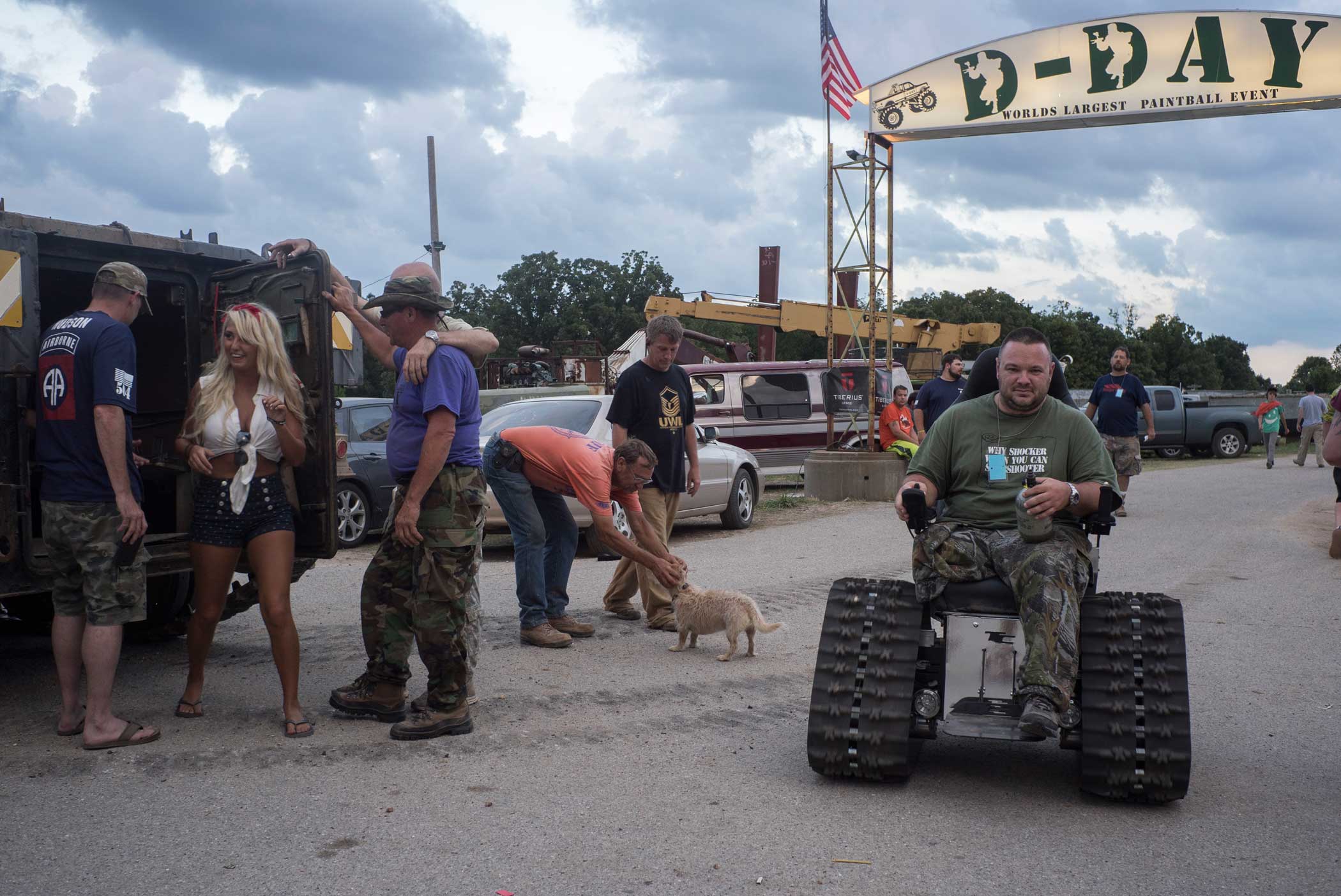
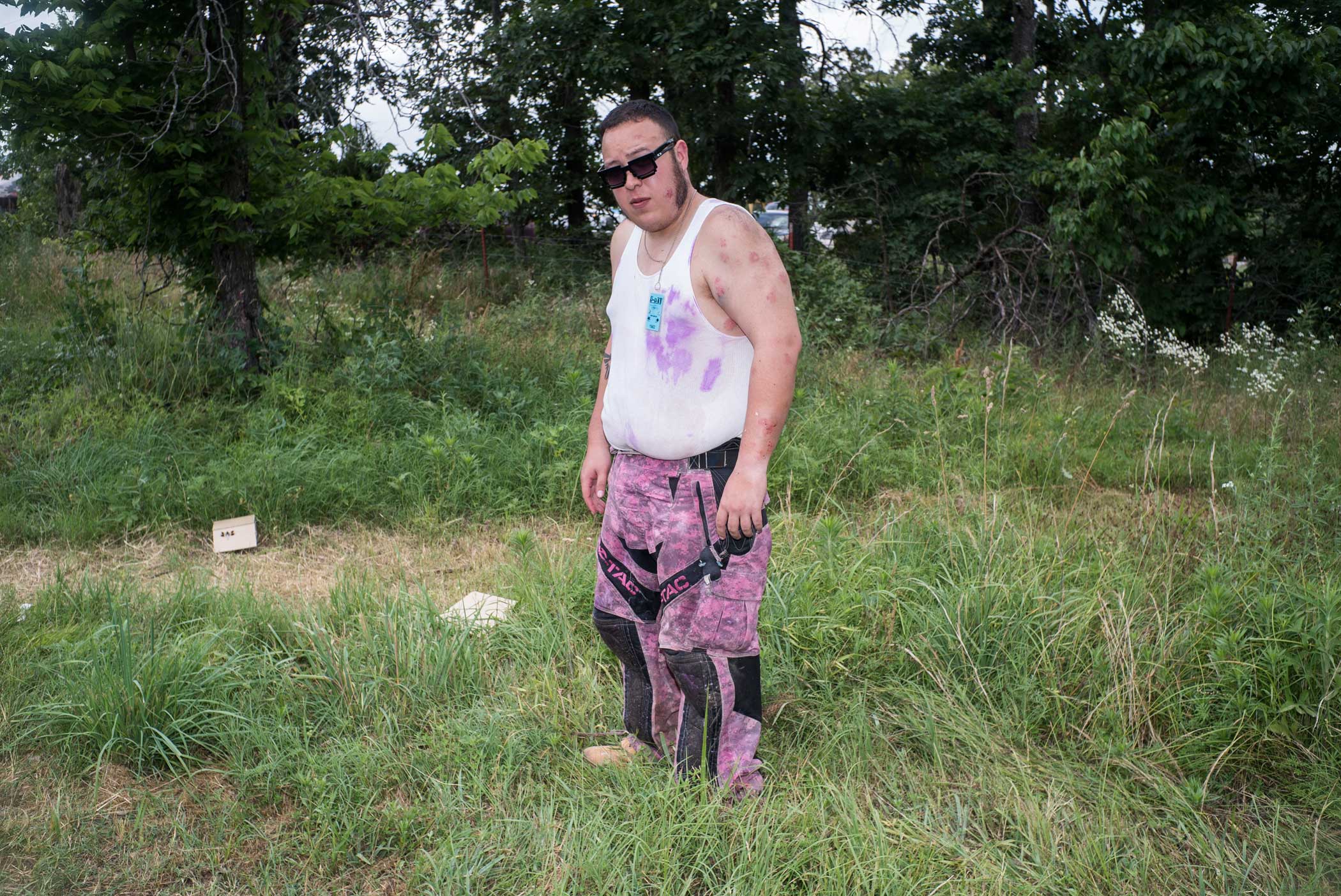
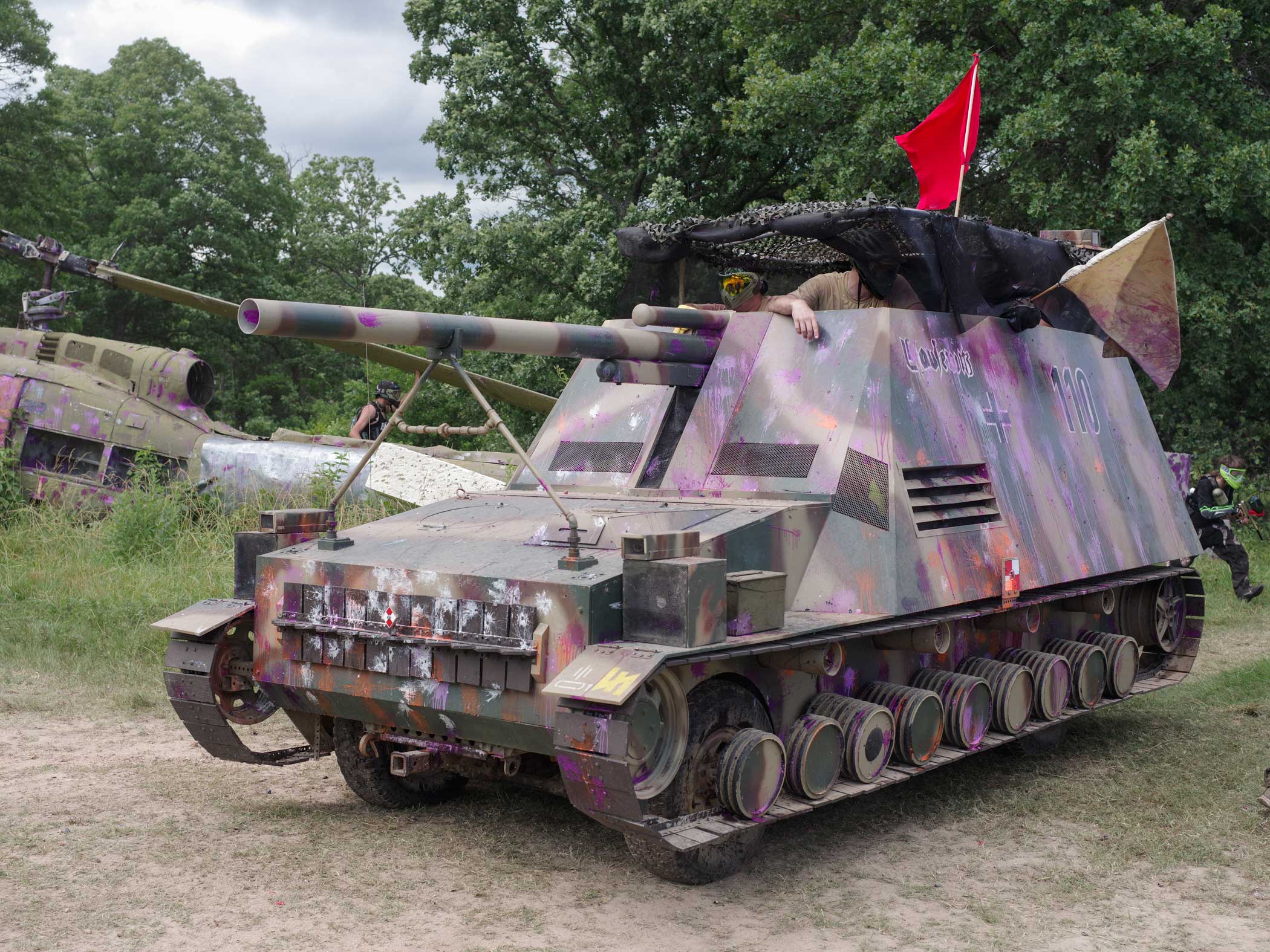
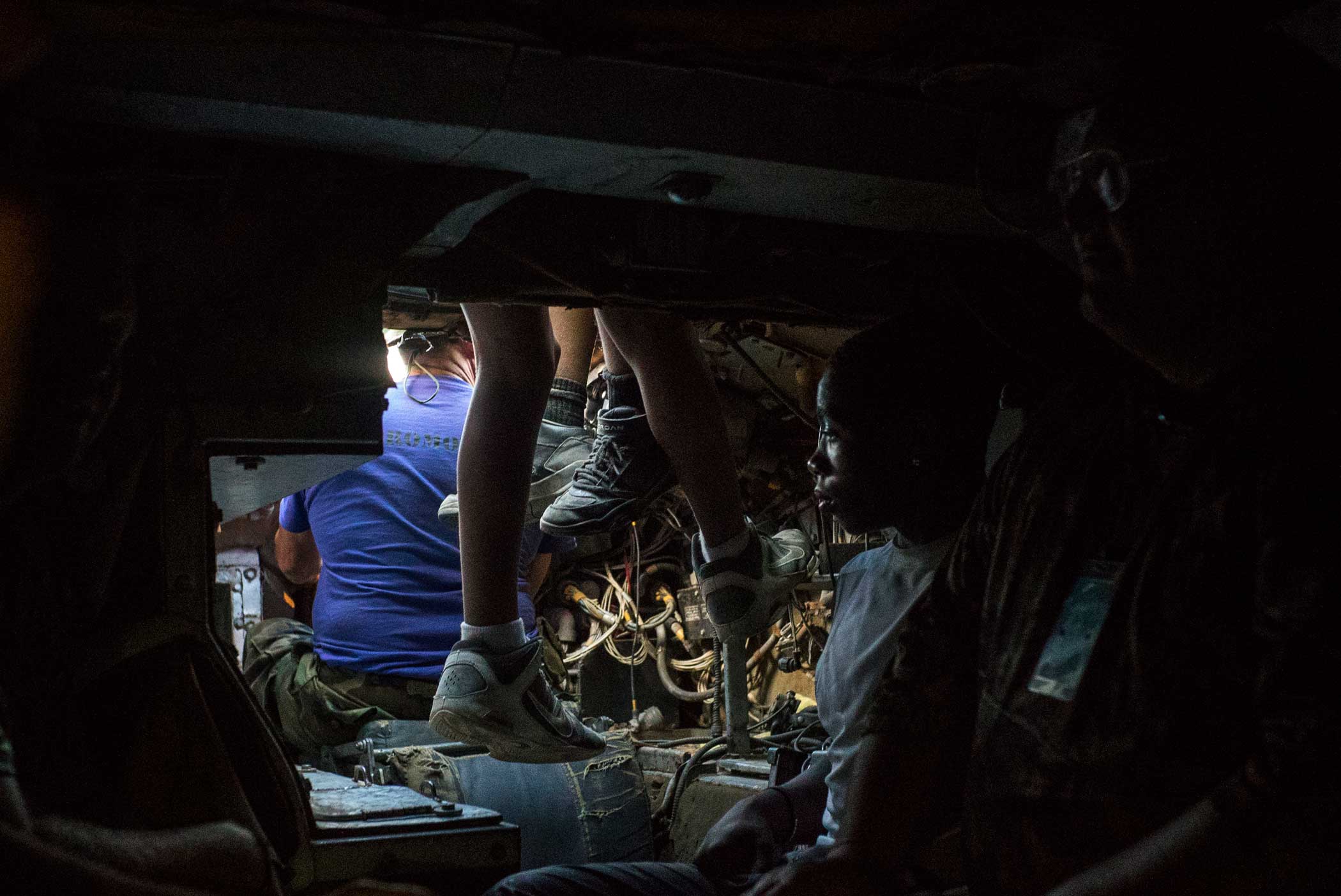
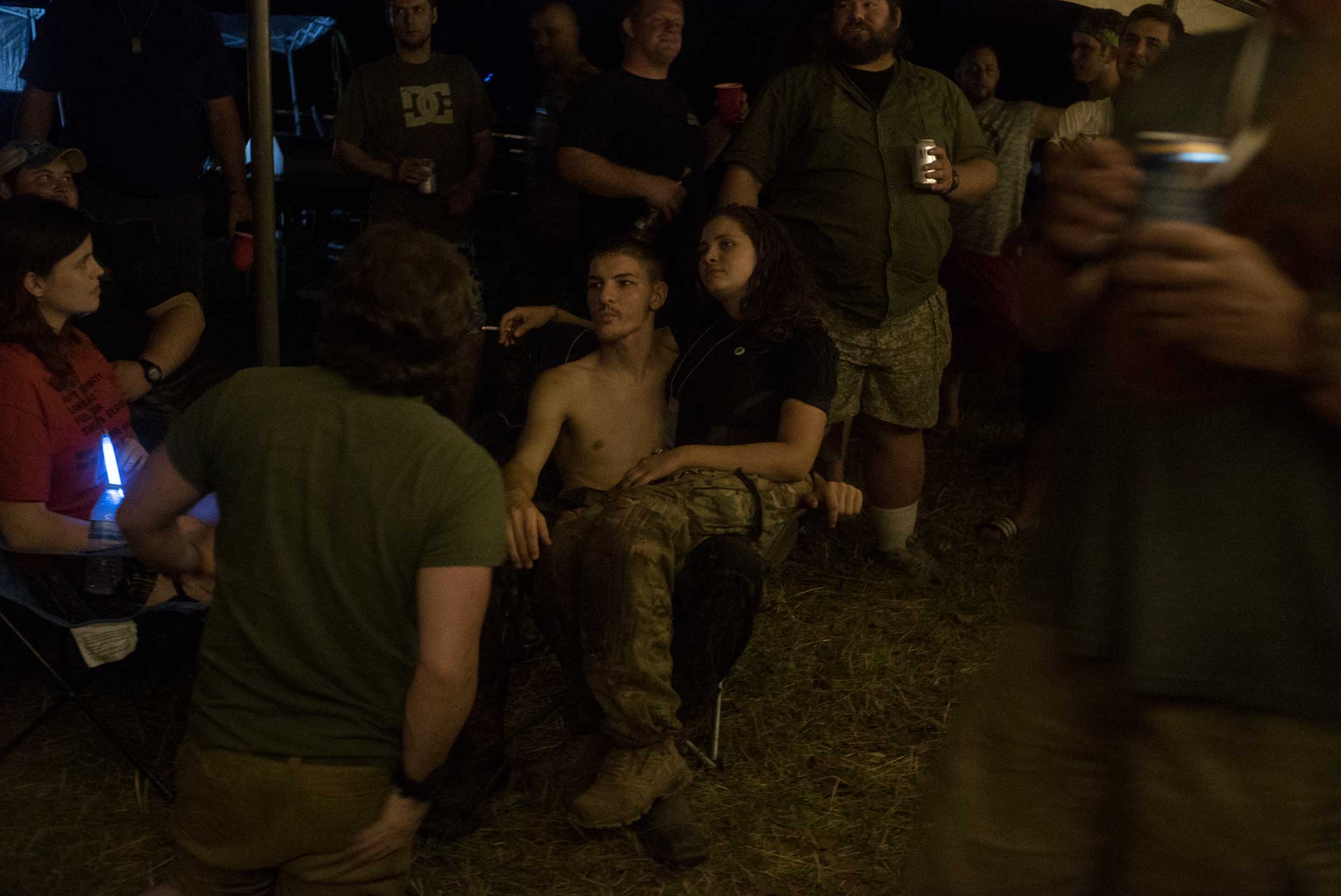
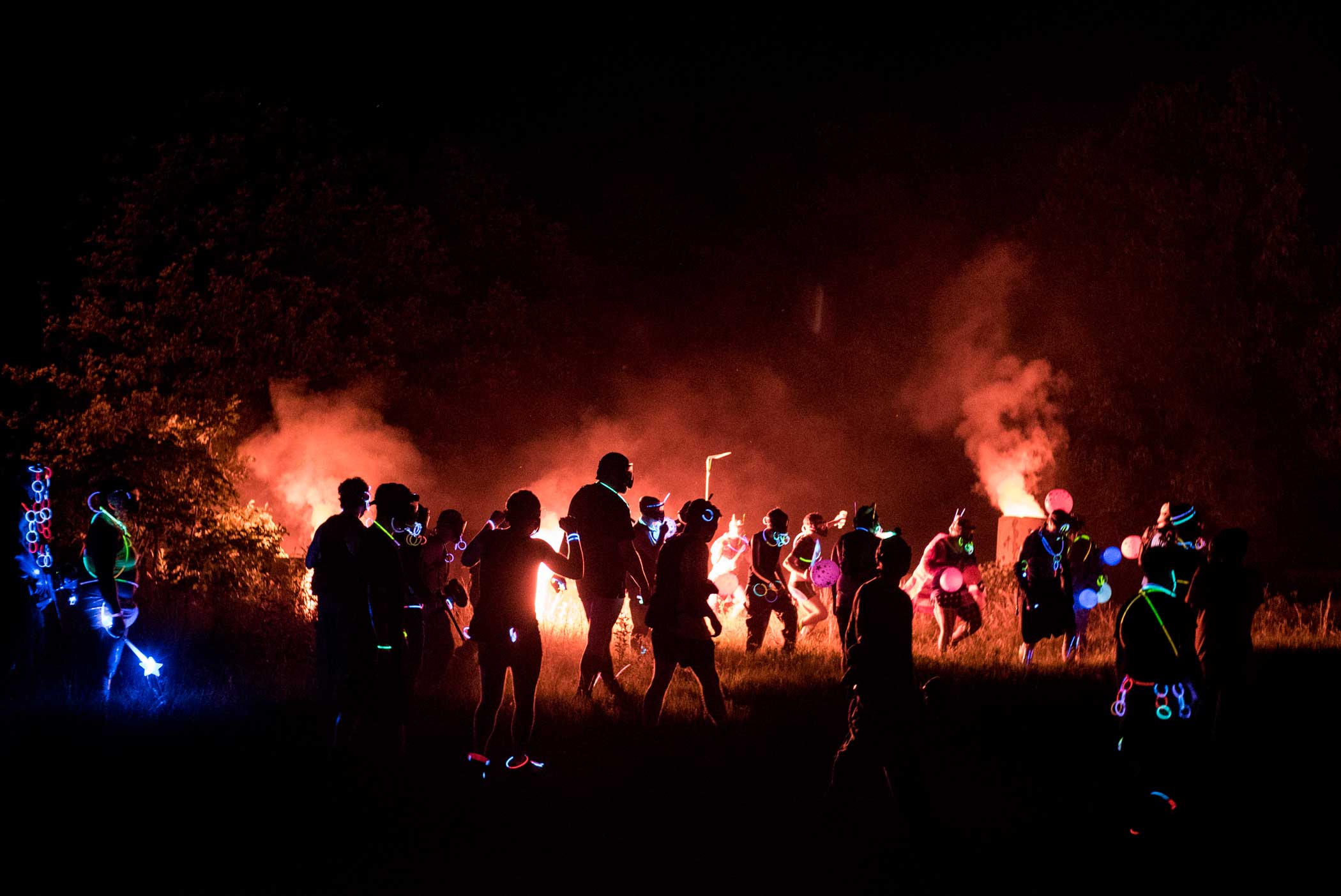
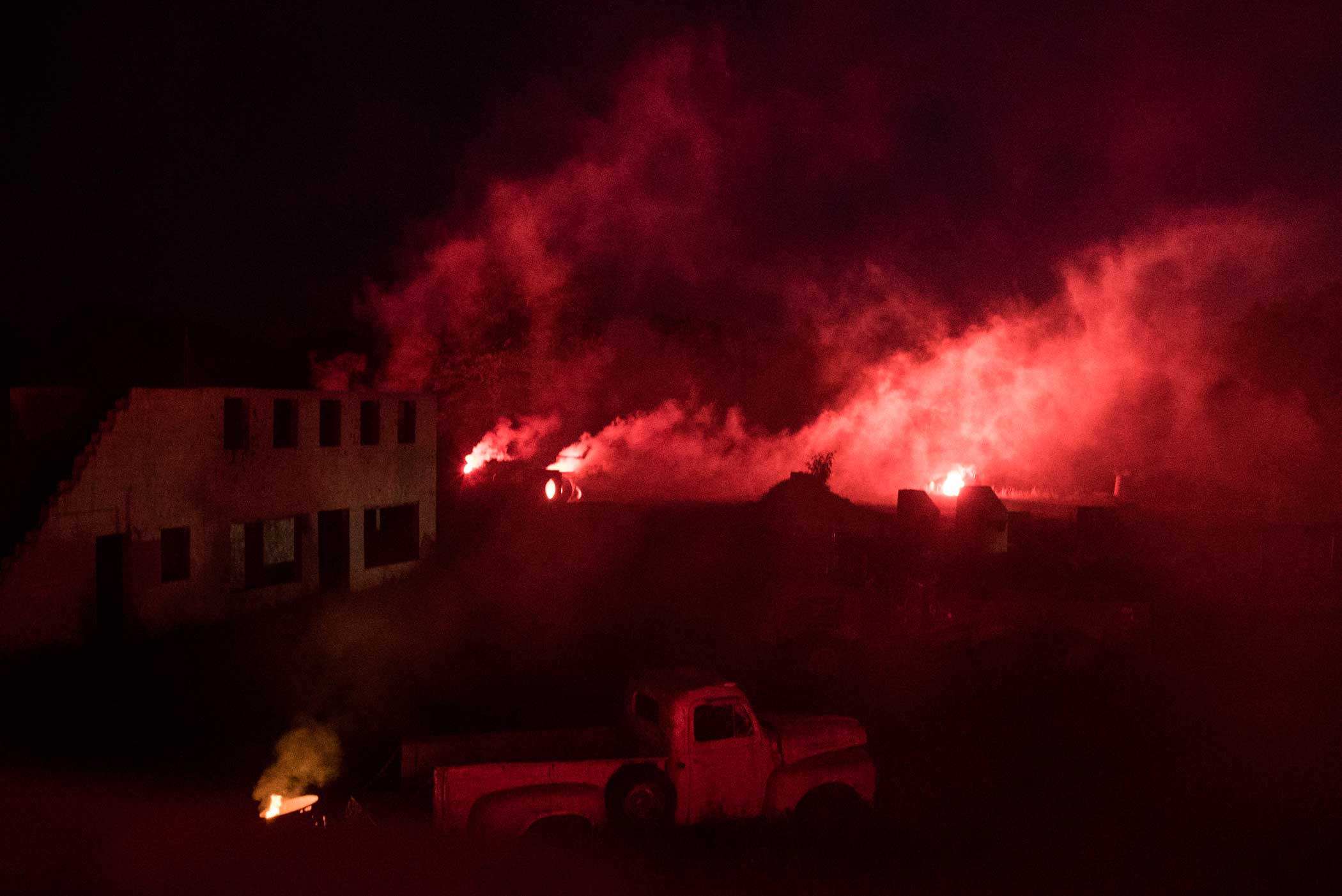
More Must-Reads from TIME
- Where Trump 2.0 Will Differ From 1.0
- How Elon Musk Became a Kingmaker
- The Power—And Limits—of Peer Support
- The 100 Must-Read Books of 2024
- Column: If Optimism Feels Ridiculous Now, Try Hope
- The Future of Climate Action Is Trade Policy
- FX’s Say Nothing Is the Must-Watch Political Thriller of 2024
- Merle Bombardieri Is Helping People Make the Baby Decision
Contact us at letters@time.com